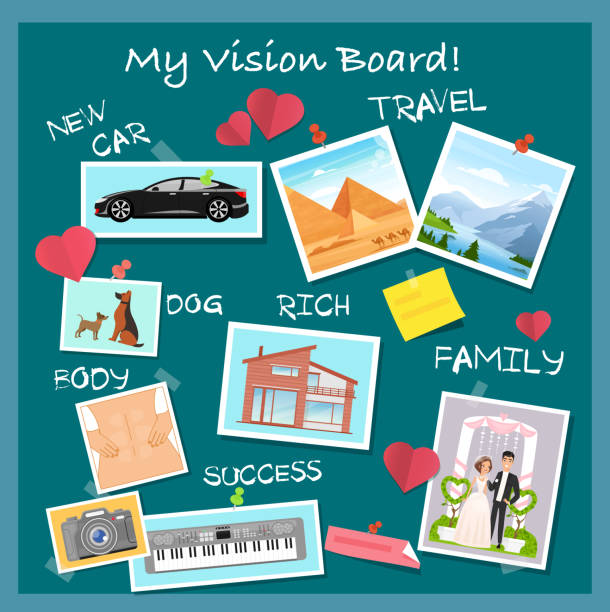Do you ever feel overwhelmed by parenting?
As parents, we tend to put our children before ourselves. However, making time for personal growth – even as a parent – is a necessity. If you take care of yourself and your own well-being, you can show up more often and care for your family better.
Growth does not have to be massive change overnight. Simply taking small steps every day can lead to a better you.
Here are 10 simple ways to incorporate personal growth into your daily routine:
1: Make time to journal daily. One of the most incredible gifts you can give yourself is carving time to journal daily. Whether that’s setting an intention to journal before the kids wake up, or pulling out your journal during naptime, journaling daily will help you explore your thoughts and nurture your growth.
I’ve kept a Gratitude Journal for years. First thing each morning, I sit down and write what I am most thankful for. Many times, I start by writing, “I am so grateful for __________ because . . .”
2: Take an inventory of your life. What kind of person do you want to be? Look at the different roles of your life – parent, partner, friend, etc. – and think about what the best version of yourself looks like in every category. Which areas do you want to improve and grow?
Many times, the answer to HOW to grow into your best self is simply by being kinder (to yourself and others).
3: Replace negative thoughts and beliefs with positive, empowering ones. Sometimes, we stunt our own personal growth by repeating negative beliefs to ourselves. Take note of any negative beliefs you have and replace those thoughts with positive, empowering ones.
Here are some examples:
“I am grateful for every challenge I successfully complete.” “I am grateful for the loving relationships I enjoy with my kids.” “I am thankful for my own joy and happiness.” The healthier and happier you are, the healthier and happier your kids will be.
4: Ask a friend to be your accountability buddy. Having an accountability buddy helps you when you need extra support or encouragement. Find an accountability buddy who is also raising a family, so that they understand your unique struggles and accomplishments.
5: Celebrate every win! Parenthood is not easy. It can be difficult to see your progress while making sure your entire family is taken care of. Celebrating your wins helps you see the progress you are making, prevents you from burning out, and encourages you to keep going.
6: Practice gratitude. Gratitude will have a positive impact on your well-being. Incorporating gratitude in your life can help you have a more positive, growth-focused outlook. Gratitude practice sets positive examples for your children.
Instead of thinking, “I’m tired of hurting” think, “I am so grateful for every healthy cell in my body, mind and spirit” or “I’m grateful for my vibrant health!”. “I am so grateful for my vibrant health, abundant wealth, and loving relationships.” “I am thrilled with every joyous moment!”
7: Try new activities with your family. Scheduling family days or new activities is a great way to create memories and fun. Think about where your personal growth goals overlap with activities you can do with your family.
8: Schedule regular time away. Whether you’re enjoying an afternoon away or a weekend adventure, time away from home is a welcome treat. Schedule “me time” or a date night with your partner to keep yourself refreshed!
9: Start a new hobby – or restart an old one! A part of personal growth is discovering how you enjoy spending your time. Find a hobby that aligns with your goals and sparks your interest.
10: Give yourself more time by automating everyday activities. To keep track of tasks and chores, use apps to set recurring reminders. You might consider using automatic features such as auto-pay. Making small optimizations through automation can simplify your life and give you more time in the long run.
Honestly, parenting itself is a type of personal growth. Among many other skills, you learn how to communicate and set model examples for children.



